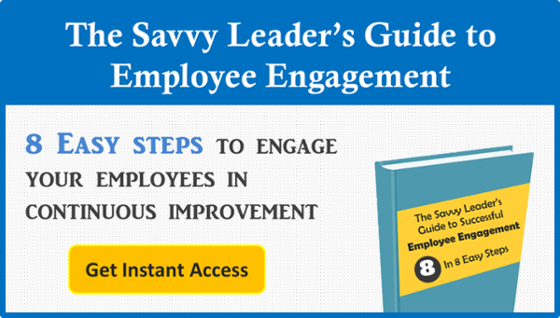 If you asked five business leaders if employee engagement is a good thing you would probably get five enthusiastic yes-es. If you were to ask each of them to describe what employee engagement means, you'd probably get five different answers. Many of them would boil down to something along the lines of, “I know it when I see it.” Part of the reason that the definition of employee engagement is hard to pin down is that the way successful leaders and experts describe it has evolved over time. Let’s take a closer look at how it has changed.
If you asked five business leaders if employee engagement is a good thing you would probably get five enthusiastic yes-es. If you were to ask each of them to describe what employee engagement means, you'd probably get five different answers. Many of them would boil down to something along the lines of, “I know it when I see it.” Part of the reason that the definition of employee engagement is hard to pin down is that the way successful leaders and experts describe it has evolved over time. Let’s take a closer look at how it has changed.
Engaged = Satisfied
It is easy to mistake employee satisfaction for employee engagement and in the past the terms were often used interchangeably, but there is a difference. Employee satisfaction is a measure of the employee’s contentment with working conditions, pay, and benefits, not necessarily a useful measure of their commitment to the organization or their impact on it. Satisfied employees may keep producing the same results year after year until someone comes along and offers them a bit more money to do the job elsewhere. In fact, satisfied employees may be the least engaged of any employee. Why change what’s already making you happy enough?
Engaged = Busy
Another factor that is often confused with engagement is activity level. If someone is at work early, sending emails on the weekends and always on the phone or in a meeting, they must be engaged, right? Not necessarily. We all know people who are very busy doing things that take up a lot of time, but don’t produce results. Sometimes the frenzied level of activity is a sign of poor organization and misunderstood priorities rather than active investment in achieving business objectives.
Engaged = Improving
A more modern way of describing employee engagement is through the lens of continuous improvement. Engaged employees are not satisfied with the status quo; they know that every aspect of business can be improved. They are not busy for the sake of being busy. Instead, they are focused on specific objectives and are able to link tasks with results. Engaged employees expend discretionary effort and make an emotional investment in moving the business forward. You can find engaged employees at every level of the organization. They are the people who identify opportunities for improvement, delight customers and work for a better future.
It is nice to have satisfied, productive employees, but in today’s competitive environment, it is also necessary to have employees who can contribute to the organization’s success by working toward positive change. A satisfied, productive employee is generally happy rowing the boat whichever direction the captain orders. An engaged employee is willing to do that too, but also takes it upon herself to make sure the boat doesn’t have any leaks - and sometimes can even suggest a better course.



Add a Comment